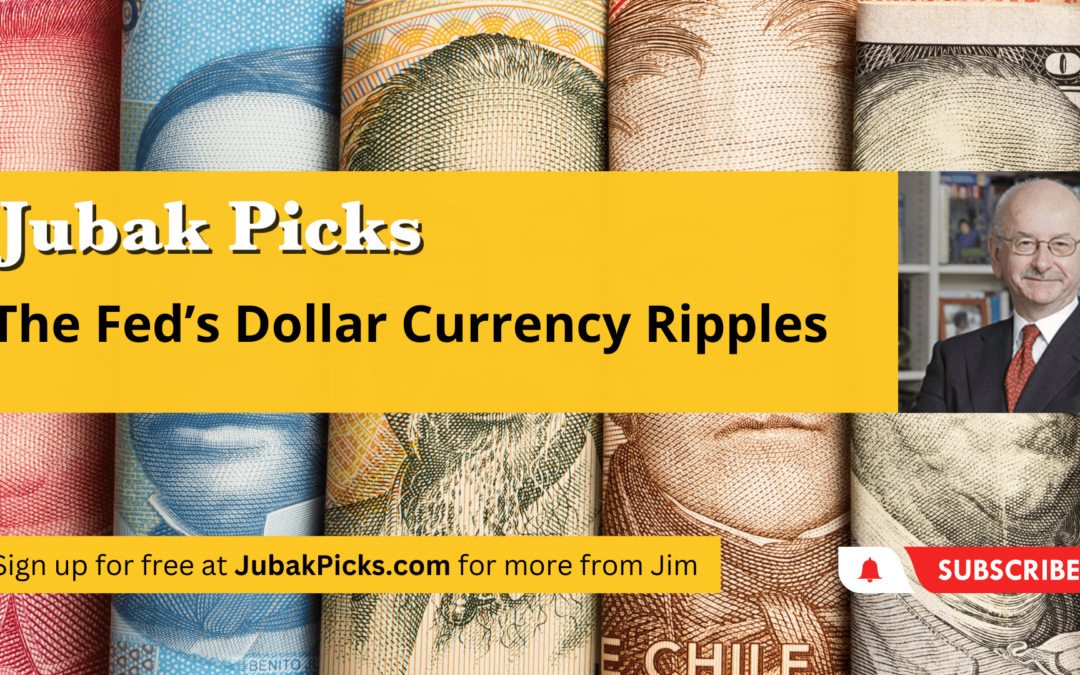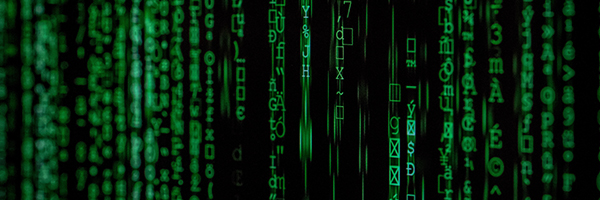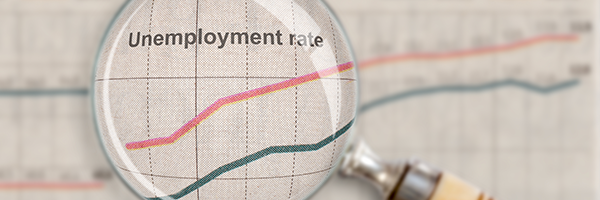
Saturday Night Quarterback says, For the week ahead expect…
Next week I expect the battle in the financial markets over whether or not the Federal Reserve will increase interest rates at its NOVEMBER 1 meeting to heat up.

Next week I expect the battle in the financial markets over whether or not the Federal Reserve will increase interest rates at its NOVEMBER 1 meeting to heat up.

A nervous global financial market will hope that Federal Reserve chair Jerome Powell’s Friday talk at the annual Jackson Hole conference hosted by the Kansas City Fed will add clarity after the Fed’s minutes of its July policy meeting that showed most Fed officials saw significant upside risk to inflation.

The Dow Jones closed down 291 points, or 0.84%. That moved the index below its 50-day moving average.
The Standard & Poor’s 500 was off 0.77% and the NASDAQ Composite fell 1.17%. Both indexes were already below their 50-day moving averages. The 50-day moving average is a key support level for technical analysts. All things being equal, a drop below a support level like this is usually enough to keep stock prices falling until they find the next support level or until something fundamental changes. Stocks had been up so strongly since May that the next support level for the S&P 500 is down at the 200-day moving average, off another 250 points at 4127 from today’s close at 4370. I’d note that to my eye this would still leave stocks in a trading range of 4,000 to 4,500. No nothing to panic about if that’s the extent of the decline. But all things aren’t equal. The global financial markets are coping with a big increase in bond yields. The yield on the 10-year Treasury rose to 4.28%. That was up another 3 basis points today (and an increase of 47 basis points in the last month.)

Today’s video is The Fed’s Dollar Currency Ripples. Monday, August 14 was a big day in the currency market with the currencies of China, Argentina, and Russia all making headlines. China’s yuan fell to its lowest level against the dollar since November. The Argentine peso collapsed as the government looks like it is losing its fight against inflation. The Argentine government raised rates by 21 percentage points to 118% and devalued the peso by another 18%. This immediate cause of the drop in the Peso was a surprise victory by a libertarian in a recent primary race for president. Argentine debt due in 2046 fell $0.04 to $0.28 on the dollar. Russia had an emergency rate increase of 350 basis points to a benchmark interest rate of 12%. Of course, none of these things are solely attributable to the dollar’s strength. China’s economy is slowing, Argentina is dealing with economic chaos, and Russia is feeling the effects of international sanctions due to the war in Ukraine. But, the dollar is very strong because it’s safe. The U.S. economy is showing surprising signs of growth with inflation going down and interest rates expected to remain high for some time. The popularity of the dollar in currency markets is creating big economic ripples. China, Argentina, and Russia are the tip of a very large iceberg. The World Bank and IMF say that 40% of the world’s poorest countries are on the verge of default. It’s time to watch your dollars, yuan, pesos, and developing country currencies closely.

The key sentiment barometer I’m watching is Palo Alto Networks (PANW), down 13% in the last month on fears that Microsoft (MSFT) is going to gobble up the revenue growth in the cybersecurity space. I think that fear is overblown, at least when it comes to Palo Alto Networks. The stock has long been a favorite of growth stock investors and, if sentiment on market direction for the rest of 2023 is positive I’d expect strong buying in the shares ahead of the Friday, August 18, earnings report. The Wall Street consensus calls for the company to report earnings of 54 cents a share against 15 cents a share in the fiscal quarter a year ago.
CPI headline, all-items inflation rose at a 3.2% annual rate in July. That was up from the 3% annual rate in June and the first increase after 12 months of steady declines. But the uptick seems mostly an artifact of higher housing costs, an item that shows a longer-term downward trend in prices. The market read this morning is, therefore, that this is continued good news on inflation and that it cements the likelihood that the Fed will stand pat on interest rates at its September 20 meeting. The CME FedWatch tool put the odds of no increase from the Fed on September 20 at 90.5% today. That’s up from odds of 86% yesterday, August 9. But if the question of what the Fed will do in September is settled (in the market’s mind at least), the issue of what the Fed will do (or say) about the future direction of interest rates remains uncertain.

There’s a good chance that the Thursday morning CPI inflation report for July will show a small step backwards in the Fed’s battle against inflation. Here’s the Wall Street consensus as of the end of last week according to FactSet.

The Federal Reserve raised its benchmark short-term interest rate 25 basis points to 5.25% to 5.50%. The central bank said that further interest rates are likely, but that the timing of any rate increases was contingent on data showing how the economy is reacting to interest rate increases so far. Fed Chair Jerome Powell made it clear that there is more work ahead to bring in inflation down to the Fed’s target of 2%. But he also made it clear that the timing of any future moves will depend on of data over the coming weeks and months. “We think we need to stay on task,” Powell said

Today’s video is Remember the Quiet Period. Don’t panic. There have been a lot of announcements coming from the Fed recently but it’s not because there’s a new crisis or a huge event brewing. It’s simply that the window of time when the Fed can speak is about to close. The Fed has to go quiet twelve days before the July meeting, so right now, they’re trying to make it very clear to the market that a 25 basis point raise is likely in July. On Monday, three Fed officials, Michael Barr, Mary Daly and Loretta Mester discussed the need for another rate hike–possibly two. We’ll be entering the Fed’s quiet period on Saturday, July 15. Looking at the CME FedWatch, on July 11, the market believed there was a 92.4% chance we’ll get a rate hike on July 26. On the same date, the market thought the odds were only at 22.2% for a 25 basis point increase at the meeting on September 20. It sounds like the Fed has made their intentions clear for the July 26 meeting, and the market won’t be shocked by a rate hike on that date. September 20? Hmmm.

Yesterday, the Bureau of Labor Statistics reported that all-items inflation rose at just a 3% annual rate in June. That was a huge drop from the 4% annual rate reported in May. The inflation numbers immediately prompted Wall Street to, again, declare that the Federal Reserve’s cycle of interest rate increases would end “soon.” “Soon” is now defined as after the Fed’s July 26 meeting. Fed officials have been so adamant in recent days about the need for more interest rate increases that the odds of 25 basis point increase at the July 26 meeting barely budged after the June CPI report. Today the CME FedWatch Took, which calculates the odds of a Fed move by looking at prices in the Fed Funds Futures market (and is, thus, a measure of investor sentiment rather than speculation on Fed thinking) puts the odds of a July 26 25 basis point increase at 92.4%. That’s down only slightly from the 94.2% odds before the CPI inflation report. The big move has been in the odds for a second 25 basis point increase at the Fed’s September 20 meeting. Today, the odds are just 11.1%. That’s down from 13.2% odds of a 25 basis point move in September on July 12. And down big from 27.5% odds of another interest rate increase in September on July 6. And there’s the Fed’s problem.

Look for big news on inflation and earnings this week. But I think the news is baked into stock prices so I don’t expect much of a move on the news.

Total nonfarm employment rose in June by 209,000, the Bureau of Labor Statistics reported this morning. That was above the 200,000 projected by economists. But way below the 497,000 jobs added in June according to the ADP Research Institute in its report yesterday. The result is a mild uptick in stocks as of 2 p.m. today with the Standard & Poor’s 500 up 0.46%, the Dow Jones Industrial Average ahead 0.16%, and the NASDAQ Composite higher by 0.73%. Why not a stronger response?